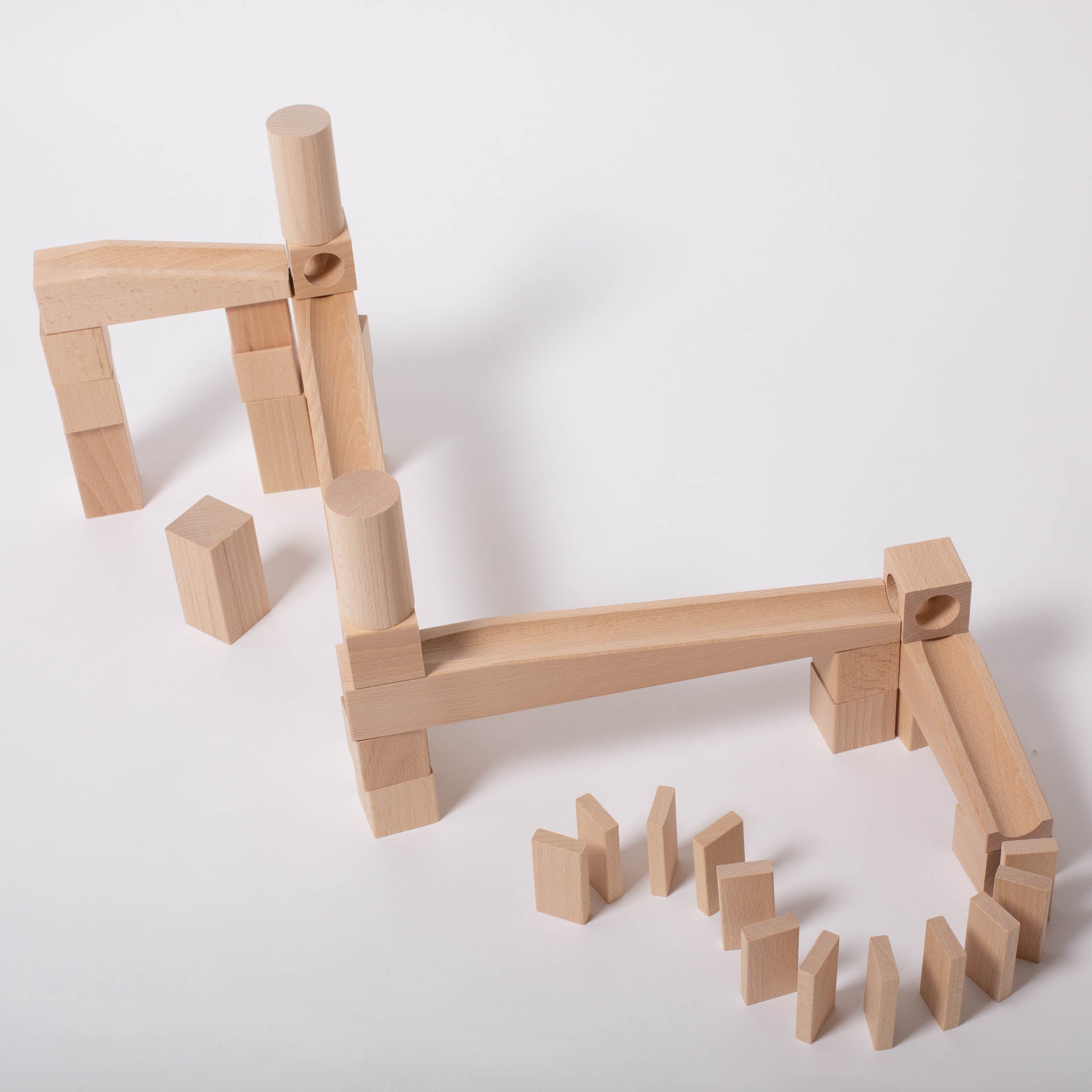

The change was hardly noticeable to the eye, but it helped the great French racers of the era to accelerate out of the end of the turn. The big innovation, introduced by Dynamic in 1967, was to move the waist back about six inches, from the ball of the foot to the heel. The Kastle slalom used by the 1964 medalists Pepi Stiegler, Billy Kidd and Jimmie Heuga had a 6.75mm depth on a 64mm waist the 1968 Rossignol Strato and Dynamic VR17 measured 6.75 and 6.5mm on a 69mm waist and as late as 1983, the Rossignol SM GS ski still used the Strato shape (the contemporary FP slalom ski was narrower – and straighter). The 7mm sidecut depth became the new standard for race skis, good for the next four decades. And a wider GS-style ski, the 212cm Barney McLean model from 1950, ran 90-73-81 – sidecut depth 7.25mm and radius 48 meters. What most folks didn’t notice was that the ski offered a dramatic increase in sidecut depth to 7mm (radius 42 meters). This is remarkably narrow for an alpine ski, unless it was meant exclusively for running slalom on ice.

The 206cm Durrance signature model, from around 1939, measures 74-54-62mm.

They were happy to build a ski to an athlete’s specifications, and it shouldn’t surprise anyone who has watched him ski to learn that Dick Durrance liked a very turny shape. The workmen at Thor Groswold’s factory were among the more innovative talents. When skis were made of carved hickory, it was pretty easy for a craftsman to experiment with sidecuts. Experiments in carved wood: 7mm of sidecut The 79-inch version of that ski (203cm) measured out at 81-68-77mm, for a sidecut depth of 5.5mm and a 62 meter radius. This basic shape was still viable when Howard Head cranked out his first aluminum Standards in 1950. The geometry worked well enough for running and jumping skis, and it changed very little into the 1930s, when a typical 230cm jumping ski (91-77-80mm) still had a sidecut of 4.25mm, and an agile 192cm women’s cross country ski might be 88-73-80mm, for a sidecut depth of 5.5mm and a turny radius of 47m – about half that of the jumper. (Today’s turny slalom skis have a sidecut depth of about 18mm.) Based on the ski’s running surface length (that is, the length of edge in contact with the snow, excluding the turned-up tip), the radius of the sidecut curve is 83 meters – very long by modern standards, but certainly not straight. Sidecut depth means that if we put the ski on a table and tilt it up so the base or sole is at a right angle to the tabletop, resting on the widest points of the tip and tail, then the distance from the ski’s waist to the table is, in the case of the original Telemark model, 4.25mm. (These skis, patterned after Sondre Norheim’s own work, were built to commemorate the 1988 Calgary Olympics.) Telemark dimensions worked well for Fridtjof Nansen and Roald Amundsen, and this standard shape was still relevant midway through the 20th century, when ski manufacturers began to think about making skis of metal and fiberglass in elaborate molds. But a typical Norheim-era ski, as represented in modern replicas from Morgedal, measured 81mm across the shovel, 67mm at the waist, and 70mm across the tail, for a sidecut depth of 4.25mm. The original Telemark skis were carved by hand in home workshops, and the dimensions could vary quite a bit. In alpine skis, sidecut shape has grown gradually deeper over the decades, stalling for about five decades starting in 1936, and at a greatly accelerated pace since 1988. Since that time, the “straight” ski with parallel edges has been a rarity, enjoying real popularity only as a light cross country ski for use in modern machine-set tracks, and for modern jumping skis. Early skiers, who carved their own skis, found that pinching in the waist of the ski made it easier to turn. It was invented by now-forgotten artisans sometime before 1808 and was adopted universally after being popularized by Sondre Norheim and his friends in Telemark, Norway, around 1856. Sidecut – the subtle hourglass shape of the ski – goes back to skiing’s prehistory. Conjuring house tour.When the first “shaped” skis arrived at ski shops in 1993, they were a revelation.ĭeep sidecuts to help skis carve short, clean turns had been sneaking up on us for a century – so slowly that only a very few savvy ski designers, largely outside the mainstream Western European factories, could see them coming.


 0 kommentar(er)
0 kommentar(er)
